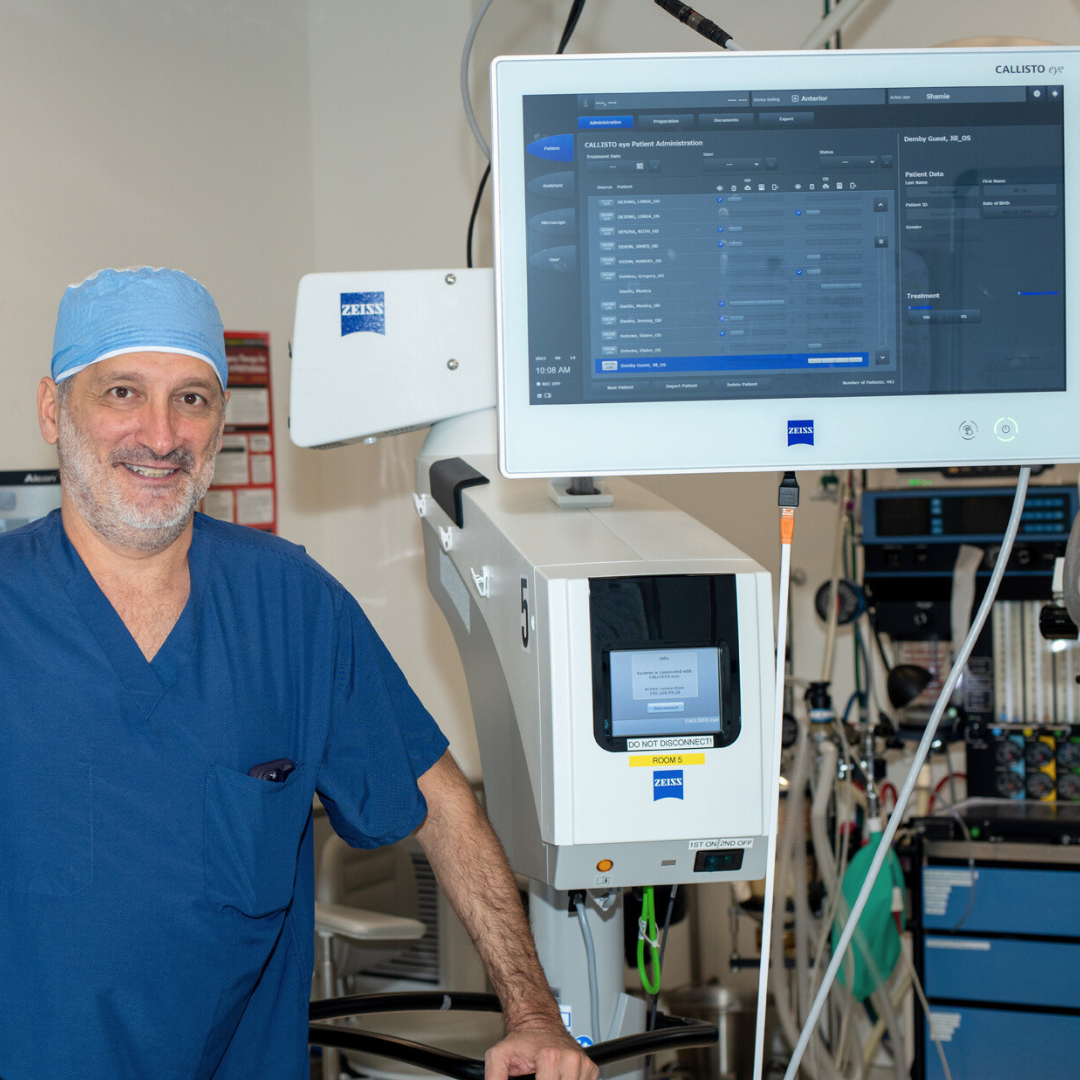Cataract surgery has undergone remarkable advancements, especially in the context of patients who have previously undergone LASIK (Laser-Assisted In Situ Keratomileusis). These technological innovations are significantly improving surgical outcomes and precision. This article explores the key developments that are shaping the future of cataract surgery for post-LASIK patients.
Improved Diagnostic and Measuring Tools
Modern biometers like the IOL Master 700, Pentacam, and OPDIII are revolutionizing the pre-surgical evaluation process. These devices offer high-precision measurements of the eye’s structure, essential for planning effective cataract surgery. For post-LASIK patients, where corneal alterations are a factor, these precise measurements are critical for selecting the appropriate intraocular lens (IOL).
Advanced Tools for Data Interpretation
The integration of sophisticated formulas like Holladay EKR and Barrett, along with Zeiss Veracity surgical planning software, marks a significant advance in data interpretation. These tools enable more accurate predictions of refractive outcomes by utilizing the latest generation of IOL calculation formulas. Such precision is particularly beneficial for patients with a history of LASIK, where standard calculation methods might fall short.
Artificial Intelligence and Big Data in Ophthalmology
The application of artificial intelligence (AI) in ophthalmology, specifically through platforms like Zeiss Veracity, leverages big data to enhance decision-making. By accessing a vast database of collective surgical experiences, ophthalmologists can make more informed choices, particularly in complex cases like cataract surgery post-LASIK.
Enhanced Intra-Operative Tools

Intraoperative technologies, such as ORA intraoperative aberrometry and Callisto Eye imaging systems, provide real-time feedback during surgery. These tools are crucial for confirming the choice of IOL and ensuring accurate placement, significantly improving the surgical outcomes for post-LASIK patients.
Integration of Femtosecond Lasers in Surgery
The use of advanced femtosecond lasers like Lensar, integrated with diagnostic equipment and surgical planning software like Veracity, allows for a highly customized approach to cataract surgery. This precision is particularly beneficial for post-LASIK patients, enabling tailored treatment plans and enhanced accuracy.
The convergence of these technological advancements in cataract surgery offers a new horizon for post-LASIK patients. With improved diagnostic tools, advanced data interpretation, AI integration, enhanced intraoperative tools, and precision lasers, surgeons can achieve better outcomes, ensuring higher precision and safety in these complex surgical scenarios.